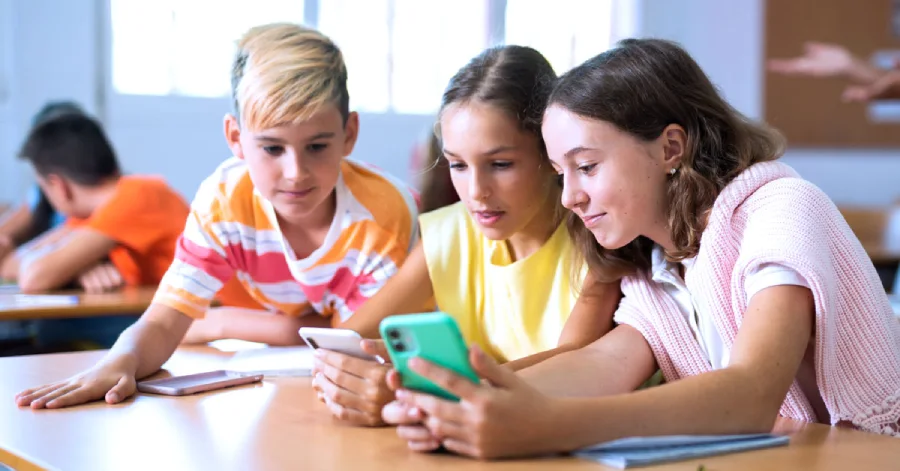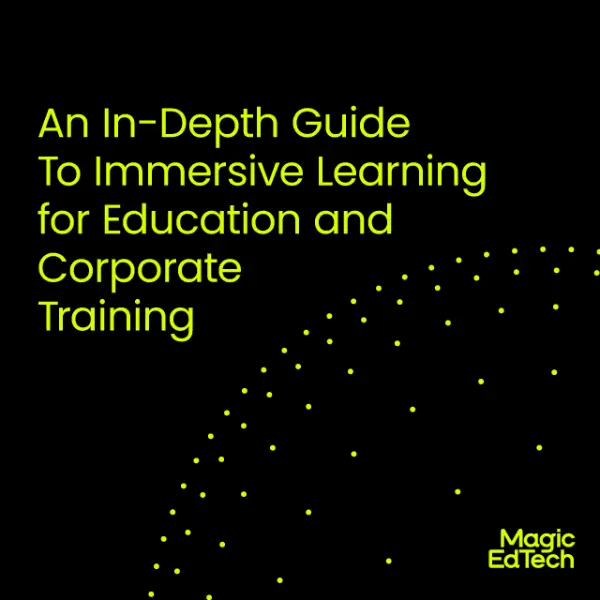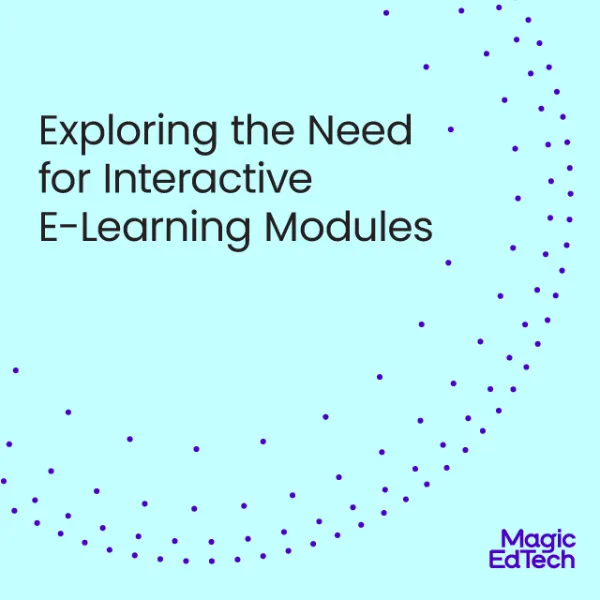How to Build Better Mobile Learning Experiences
- 28 March, 2024
- Reading Time: 4 mins
There have been numerous advancements in edtech in recent years, ushering in a new era of learning. However, very few have been as influential as mobile learning platforms, offering a more liberated approach where teachers, students, and even parents are constantly connected. Not only that, it has created opportunities for both teachers and students from across the world to share knowledge without any geographical constraints. With teenagers reportedly spending about 8½ hours a day using mobile phones and tweens spending about 5 1⁄2 hours a day doing the same, it is time for learning platforms to go responsive.
Importance of Responsive Design in Education Apps
Over 60% of web traffic today comes from mobile. This means that it’s no longer enough to be mobile-friendly; it’s time to go mobile-first.
Mobile learning provides two key functionalities at the same time—learning on the go and supporting multiple devices. As a result, learners can easily switch between devices and continue from where they left off on any device. This is where having a responsive design helps learning platforms. By automatically adapting to the viewable area of different devices, a responsive design ensures easy access to content irrespective of the device used.
Furthermore, responsive design enhances accessibility, ensuring that educational content is available to a broader spectrum of learners, including those with disabilities. By adhering to web accessibility standards and principles, such as providing alternative text for images and ensuring keyboard navigation compatibility, education apps can cater to diverse learner needs and promote inclusivity.
Advantages of Mobile Learning Platforms
The importance of mobile learning has outpaced traditional classroom learning and these are a few advantages why children should consider this as a better alternative.
Easy Access
Mobile learning enables students to engage in learning activities on the go by providing the flexibility and convenience of accessing educational content anytime, anywhere. Students are also able to easily connect to learning resources and educational apps without being tied to a specific location or time.
Personalization
Mobile learning platforms offer personalized learning to students where students can learn at their own pace as per their language preference, revisit challenging concepts, and explore topics of interest in depth. It makes learning interesting by incorporating features like adaptive learning, progress tracking, and interactive quizzes modified as per students’ performance, offering feedback for their improvement.
Multimedia Integration
Mobile learning platforms enable students to access a diverse range of multimedia resources in the form of audio, video clips, interactive simulations, and animations. Multimedia integration enhances learning by fostering interactive experiences, boosting engagement and retention by simplifying complex concepts and making them better understood by the students.
Microlearning
Microlearning refers to breaking down long learning sessions into short, easily digestible learning modules that are designed to be concise and focused, addressing specific learning objectives effectively. These modules help students engage with specific topics that cater to their attention spans and learning styles, providing a better understanding of information.
Variety of Content
Mobile learning does not confine students to specific learning methods. It allows the delivery of content in various formats, including microlearning modules, online courses, webinars, and podcasts. This prevents students from becoming bored reading and studying the same content repeatedly, making learning engaging and interesting.
Overcoming Challenges in Mobile Education
Mobile learning solutions offer several benefits in terms of flexibility and convenience. However, it faces notable technological challenges that can lead to slow down its widespread adoption in the education industry. While there have been some advancements in mobile learning, there is still room for improvement.
Fragmented Platforms
Mobile devices can come in different forms – tablets, iPads, and smartphones, to name a few. These devices are available in different shapes, sizes, and operating systems. Fragmented platforms could also lead to issues with the content display, functionality, and user experience.
Creating a responsive design can overcome this challenge by ensuring that the content is optimized for various devices and screen sizes. A responsive design can allow content to adjust its layout and functionality as per the device’s compatibility and screen resolution, ensuring that the content is displayed correctly.
Data Usage and Load Speed
Whether you are thinking about implementing mobile learning based on a supplied device strategy or a bring-your-own device, considering internet requirements is a must as not all devices have unlimited bandwidth. Students might think twice before using their data because of the high cost it incurs and a good wifi connection isn’t always available.
Solution: Integrating a good Learning Management System design (LMS) can significantly enhance the mobile learning experience by optimizing the design to be data-efficient and load quickly, enabling learners to access content seamlessly with unlimited data.
Privacy and security of data
Students use mobile learning platforms across the world. The likelihood of security breaches increases with the increase in unmonitored mobile connections. These training programs might also expose the company’s network to the outside world or contain sensitive company data, increasing the risk of data theft.
Solution: Implementing data encryption at rest and in transit ensures that sensitive data is safeguarded within the mobile apps. Additionally, mobile learning resources can be secured by authorizing access by using passwords, authentication IDs, and biometric access to prevent unauthorized access to sensitive data.
Focus retention
Learners have limited attention spans and e-learning modules at times can be lengthy, reducing engagement and decreasing retention of information. Students might also feel overwhelmed and fatigued while learning from lengthy modules, diminishing their motivation from the learning material.
Solution: Breaking down lengthy modules into manageable and shorter modules can help students focus on specific learning objectives or topics. Adding interactive elements such as quizzes, activities, and animations can make the modules more interactive and help them retain information.
Mobile Learning Best Practices
To make the most of your mobile learning platform, it’s crucial to adhere to certain best practices. Here are some key strategies to ensure an effective mobile learning experience:
- Create short, crisp modules for microlearning to ensure learners’ attention and retention of information.
- Tailor modules to the specific subjects and preferences of the target audience to increase relevance and improve the learning experience.
- Utilize mobile learning platforms that offer offline access to promote continuous learning, even in areas with limited or no internet connectivity.
- Emphasize accessibility and flexibility in mobile learning environments to accommodate diverse learning needs and schedules.
- Don’t ignore the seemingly minor elements, such as module length and offline access, which can have a significant impact on the overall e-learning experience.
However, building a seamless mobile learning platform might require the right expertise and could be quite challenging. With the help of Magic EdTech, you can build a seamless learning experience, maximizing interaction, retention, and efficacy using relevant technologies to provide a better learning experience for learners.





